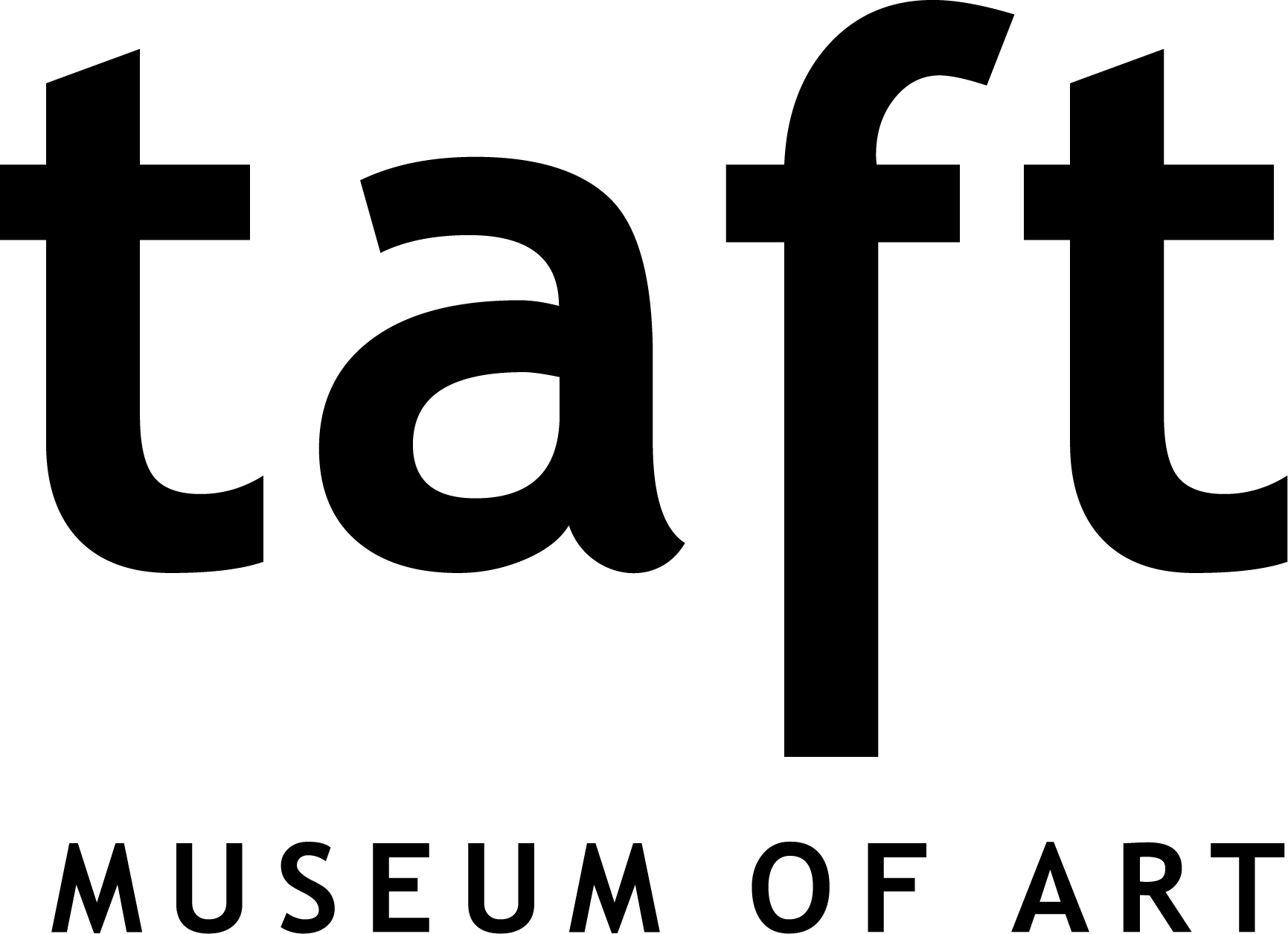The exhibition Travels with Turner: Watercolors from the Taft Collection will highlight ten works on paper by the celebrated British landscape painter J. M. W. Turner. The sketches Turner made during his journeys throughout the United Kingdom and Europe informed his watercolors, which often feature accurate portrayals of specific places he visited.
Turner also frequently painted mythological, literary, or biblical subjects within imagined landscapes, represented in the Taft’s collection by Europa and the Bull (fig. 1). Because Turner likely did not finish the painting, the details are not immediately visible. The work depicts the abduction scene in which Jupiter, king of the Roman gods, transforms himself into a white bull to lure the young princess Europa. Attracted to the bull’s beauty and gentle nature, Europa climbed onto his back, and he galloped off into the sea.
Europa and the Bull is one of ten atmospheric paintings Turner created near the end of his life. For these paintings, he looked to an earlier series of etchings called the Liber Studiorum, or “Book of Studies,” which he began in 1807. He revisited subjects from the etchings including the frontispiece (fig. 2). In this cover image for the etching series, Turner depicted references to ancient architecture and nature, and at the center, a framed version of the abduction of Europa within a classical landscape. He reimagined this composition in the Taft’s Europa and the Bull.






